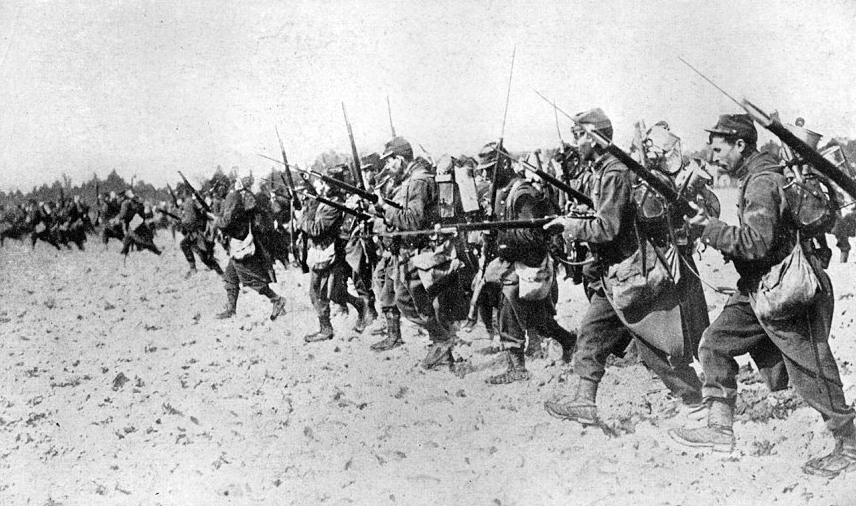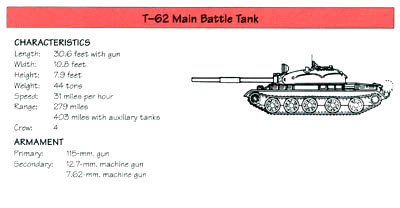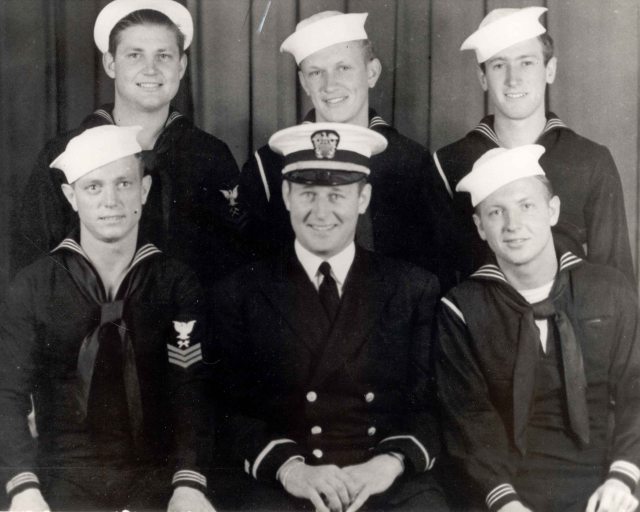|
Battle Of The Marshes
The Battle of the Marshes ( ar, معركة الأهوار, fa, نبرد نیزارها) was a part of the Iran–Iraq War. After the mostly indecisive Dawn operations in 1983, Iran opened a new, surprise amphibious offensive in the lakes of the Hawizeh Marshes in Iraqi Tigris–Euphrates river system. After heavy losses at the beginning due to human wave attacks, 15,000 casualties and little progress, Iran began developing new tactics, involving amphibious assault, and deployed a regular army division, the 92nd Armored Division. Although the Iranians suffered heavy losses against the Iraqi artillery, tanks, air strikes and gunboats, Iran eventually managed to invade the oil rich Majnoun Islands with Operation Kheibar and nearly break the Iraqi lines before being driven back to the marshes and Majnoon Island. Iraq heavily used chemical weapons (mustard gas) during the battle. Prelude and Iranian tactics After the mostly indecisive Dawn operations, Iran attempted to change ... [...More Info...] [...Related Items...] OR: [Wikipedia] [Google] [Baidu] |
Iran–Iraq War
The Iran–Iraq War was an armed conflict between Iran and Iraq that lasted from September 1980 to August 1988. It began with the Iraqi invasion of Iran and lasted for almost eight years, until the acceptance of United Nations Security Council Resolution 598 by both sides. Iraq's primary rationale for the attack against Iran cited the need to prevent Ruhollah Khomeini—who had spearheaded Iran's Islamic Revolution in 1979—from exporting the new Iranian ideology to Iraq; there were also fears among the Iraqi leadership of Saddam Hussein that Iran, a theocratic state with a population predominantly composed of Shia Muslims, would exploit sectarian tensions in Iraq by rallying Iraq's Shia majority against the Baʽathist government, which was officially secular and dominated by Sunni Muslims. Iraq also wished to replace Iran as the power player in the Persian Gulf, which was not seen as an achievable objective prior to the Islamic Revolution because of Pahlavi Iran's economi ... [...More Info...] [...Related Items...] OR: [Wikipedia] [Google] [Baidu] |
Human Wave Attacks
The human wave attack, also known as the human sea attack, is an offensive infantry tactic in which an attacker conducts an unprotected frontal assault with densely concentrated infantry formations against the enemy line, intended to overrun and overwhelm the defenders by engaging in melee combat. The name refers to the concept of a coordinated mass of soldiers falling upon an enemy force and sweeping them away with sheer weight and momentum, like an ocean wave breaking on a beach. Definition According to U.S. Army analyst Edward C. O'Dowd, the technical definition of a human wave attack tactic is a frontal assault by densely concentrated infantry formations against an enemy line, without any attempts to shield or to mask the attacker's movement. The goal of a human wave attack is to maneuver as many people as possible into close range, hoping that the shock from a large mass of attackers engaged in melee combat would force the enemy to disintegrate or fall back. The human wa ... [...More Info...] [...Related Items...] OR: [Wikipedia] [Google] [Baidu] |
Mi-24
The Mil Mi-24 (russian: Миль Ми-24; NATO reporting name: Hind) is a large helicopter gunship, attack helicopter and low-capacity troop transport with room for eight passengers. It is produced by Mil Moscow Helicopter Plant and has been operated since 1972 by the Soviet Air Force and its successors, along with 48 other nations. In NATO circles, the export versions, Mi-25 and Mi-35, are denoted with a letter suffix as "Hind D" and "Hind E". Soviet pilots called the Mi-24 the "flying tank" (russian: летающий танк, letayushchiy tank, links=no), a term used historically with the famous World War II Soviet Il-2 ''Shturmovik'' armored ground attack aircraft. More common unofficial nicknames were "Galina" (or "Galya"), "Crocodile" (russian: Крокодил, Krokodil, links=no), due to the helicopter's camouflage scheme, and "Drinking Glass" (russian: Стакан, Stakan, links=no), because of the flat glass plates that surround earlier Mi-24 variants' cockpits. D ... [...More Info...] [...Related Items...] OR: [Wikipedia] [Google] [Baidu] |
BM-21
The BM-21 "Grad" (russian: БМ-21 "Град", lit= hail) is a self-propelled 122 mm multiple rocket launcher designed in the Soviet Union. The system and the M-21OF rocket were first developed in the early 1960s, and saw their first combat use in March 1969 during the Sino-Soviet border conflict. ''BM'' stands for ''boyevaya mashina'' ( ru , боевая машина – combat vehicle), and the nickname means "hail". The complete system with the BM-21 launch vehicle and the M-21OF rocket is designated as the M-21 field-rocket system. The complete system is more commonly known as a Grad multiple rocket launcher system. In NATO countries the system, either the complete system or the launch vehicle only, was initially known as the M1964. Several other countries have copied the Grad or have developed similar systems. In Russian service its intended replacement is the 9A52-4 Tornado. Many similar 122 mm MLRS systems are made by different countries based on the BM-21 Grad. ... [...More Info...] [...Related Items...] OR: [Wikipedia] [Google] [Baidu] |
T-62
The T-62 is a Soviet Union, Soviet main battle tank that was first introduced in 1961. As a further development of the T-54/T-55, T-55 series, the T-62 retained many similar design elements of its predecessor including low profile and thick turret armour. In contrast with previous tanks, which were armed with rifled tank guns, the T-62 was the first production tank armed with a smoothbore tank gun that could fire Armour-piercing fin-stabilized discarding sabot, APFSDS rounds at higher velocities. While the T-62 became the standard tank in the Soviet arsenal, it did not fully replace the T-55 in export markets due to its higher manufacturing costs and maintenance requirements compared to its predecessor. Although it was followed by later models in successor states of the Soviet Union, the T-62 remained in reserve in the former USSR and in frontline use by other countries. Design features of the T-62 became standardized in subsequent Soviet and Russian mass-produced tanks. De ... [...More Info...] [...Related Items...] OR: [Wikipedia] [Google] [Baidu] |
T-55
The T-54 and T-55 tanks are a series of Soviet main battle tanks introduced in the years following the Second World War. The first T-54 prototype was completed at Nizhny Tagil by the end of 1945.Steven Zaloga, T-54 and T-55 Main Battle Tanks 1944–2004, p. 6 From the late 1950s, the T-54 eventually became the main tank for armoured units of the Soviet Army, armies of the Warsaw Pact countries, and many others. T-54s and T-55s have been involved in many of the world's armed conflicts since their introduction in the second half of the 20th century. The T-54/55 series is the most-produced tank in history. Estimated production numbers for the series range from 96,500 to 100,000. They were replaced by the T-62, T-64, T-72, T-80 and T-90 tanks in the Soviet and Russian armies, but remain in use by up to 50 other armies worldwide, some having received sophisticated retrofitting. During the Cold War, Soviet tanks never directly faced their NATO adversaries in combat in Europe. Ho ... [...More Info...] [...Related Items...] OR: [Wikipedia] [Google] [Baidu] |
Landing Craft
Landing craft are small and medium seagoing watercraft, such as boats and barges, used to convey a landing force (infantry and vehicles) from the sea to the shore during an amphibious assault. The term excludes landing ships, which are larger. Production of landing craft peaked during World War II, with a significant number of different designs produced in large quantities by the United Kingdom and United States. Because of the need to run up onto a suitable beach, World War II landing craft were flat-bottomed, and many designs had a flat front, often with a lowerable ramp, rather than a normal bow. This made them difficult to control and very uncomfortable in rough seas. The control point (too rudimentary to call a bridge on LCA and similar craft) was normally at the extreme rear of the vessel, as were the engines. In all cases, they were known by an abbreviation derived from the official name rather than by the full title. History In the days of sail, the ship's boats were us ... [...More Info...] [...Related Items...] OR: [Wikipedia] [Google] [Baidu] |
Boghammar
The ''Taregh'' ( fa, طارق) is a class of fast patrol boat used by naval forces of Iran. A Boghammar is a High Speed Patrol Boat for use in coastal patrol. The term ''Boghammar'' originated from the Iranian patrol boats manufactured by the Swedish company Boghammar Marin AB during the 1980s used in the Iran–Iraq War and its Tanker War. History In 1983, Iran purchased 50 RL-118 and RL-130 patrol crafts from Boghammar Marin AB for reportedly $10 million. It was the biggest order ever for the shipyard, and was worth almost three times their annual revenues. By February 1987, ''The Washington Post'' reported that the newly-established Navy of the Islamic Revolutionary Guard Corps began using the boats. According to ''Svenska Dagbladet'', American authorities maintained that Iran acquired at least a further 13 boats by way of Czechoslovakia. Wider use The term boghammar, sometimes spelled boghammer, has also come to mean an improvised naval fighting vessel, typically used b ... [...More Info...] [...Related Items...] OR: [Wikipedia] [Google] [Baidu] |
United States Navy SEALs
The United States Navy Sea, Air, and Land (SEAL) Teams, commonly known as Navy SEALs, are the U.S. Navy's primary special operations force and a component of the Naval Special Warfare Command. Among the SEALs' main functions are conducting small-unit special operation missions in maritime, jungle, urban, arctic, mountainous, and desert environments. SEALs are typically ordered to capture or to kill high level targets, or to gather intelligence behind enemy lines. All active SEALs are members of the U.S. Navy. The CIA's highly secretive and elite Special Operations Group (SOG) recruits operators from SEAL Teams, with joint operations going back to the MACV-SOG during the Vietnam War. This cooperation still exists today, as evidenced by military operations in Iraq and Afghanistan. History Origins Although not formally founded until 1962, the modern-day U.S. Navy SEALs trace their roots to World War II. The United States Military recognized the need for the covert reconnaiss ... [...More Info...] [...Related Items...] OR: [Wikipedia] [Google] [Baidu] |
Islamic Republic Of Iran Air Force
, patron = , motto = , "Skyhigh is my place" , colours = Ultramarine blue , colours_label = , march = , mascot = , anniversaries = 8 February (Air Force Day) , equipment = , equipment_label = , battles = * Anglo-Soviet invasion * Joint Operation Arvand * Dhofar War * Iran–Iraq War * Syrian Civil War * Military intervention against ISIS , decorations = , battle_honours = , battle_honours_label = , flying_hours = , website = , commander1 = Supreme Leader Ali Khamenei , commander1_label = Commander-in-Chief , commander2 = Brigadier General Hamid Vahedi , commander2_label = Commander of the Air Force , ... [...More Info...] [...Related Items...] OR: [Wikipedia] [Google] [Baidu] |
Pontoon Bridge
A pontoon bridge (or ponton bridge), also known as a floating bridge, uses float (nautical), floats or shallow-draft (hull), draft boats to support a continuous deck for pedestrian and vehicle travel. The buoyancy of the supports limits the maximum load that they can carry. Most pontoon bridges are temporary and used in wartime and civil emergencies. There are permanent pontoon bridges in civilian use that can carry highway traffic. Permanent floating bridges are useful for sheltered water crossings if it is not considered economically feasible to suspend a bridge from anchored piers. Such bridges can require a section that is elevated or can be raised or removed to allow waterborne traffic to pass. Pontoon bridges have been in use since ancient times and have been used to great advantage in many battles throughout history, such as the Battle of Garigliano (1503), Battle of Garigliano, the Battle of Oudenarde, the Operation Plunder, crossing of the Rhine during World War II, the ... [...More Info...] [...Related Items...] OR: [Wikipedia] [Google] [Baidu] |
Mountain Warfare
Mountain warfare (also known as alpine warfare) is warfare in mountains or similarly rough terrain. Mountain ranges are of strategic importance since they often act as a natural border, and may also be the origin of a water source (for example, the Golan Heights). Attacking a prepared enemy position in mountain terrain generally requires a greater ratio of attacking soldiers to defending soldiers than a war conducted on level ground. Mountains present natural hazards such as lightning, strong gusts of wind, rock falls, avalanches, snow packs, ice, extreme cold, and glaciers with their crevasses. The general uneven terrain and the slow pace of troop and material movement are all additional threats to combatants. Movement, reinforcements, and medical evacuation up and down steep slopes and areas where even pack animals cannot reach involves an enormous exertion of energy. History Second Punic War In 218 BC (DXXXVI a.u.c.) the Carthaginian army commander Hannibal marched troop ... [...More Info...] [...Related Items...] OR: [Wikipedia] [Google] [Baidu] |






.jpg)


